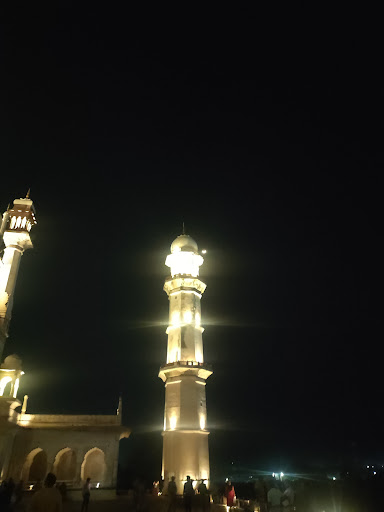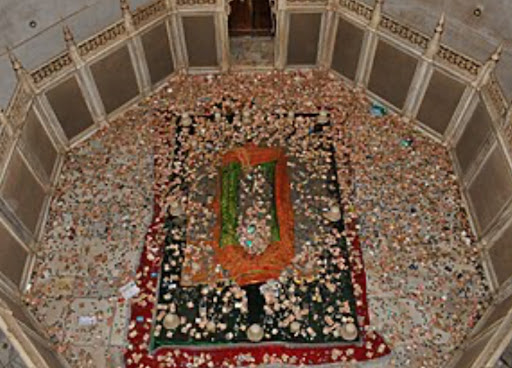Bibi ka maqbara things to do, attractions, restaurants, events info and trip planning
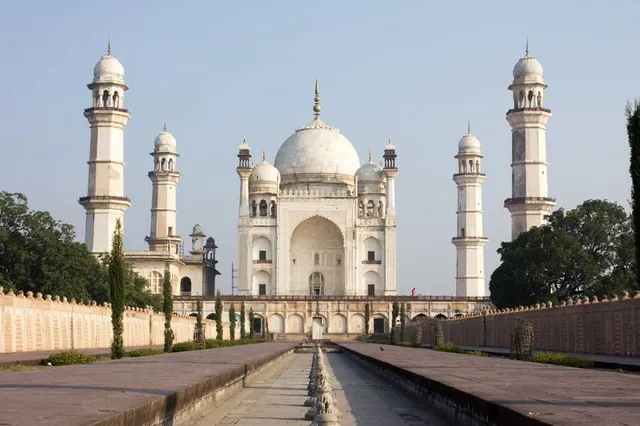
Basic Info
Bibi ka maqbara
Aurangabad Caves Rd, Vidyut Colony, Begumpura, Chhatrapati Sambhajinagar, Maharashtra 431001, India
4.2(15.8K)
Open 24 hours
Save
spot
spot
Ratings & Description
Info
The Bibi Ka Maqbara is a tomb located in Aurangabad, Maharashtra, India. It was commissioned in 1660 by the Mughal emperor Aurangzeb's son prince Azam Shah in the memory of his loving mother Dilras Banu Begum. It bears a striking resemblance to the Taj Mahal, the mausoleum of Aurangzeb's mother, Mumtaz Mahal.
Cultural
Accessibility
attractions: Dr. Babasaheb Ambedkar Marathwada University's History Museum, restaurants: Shri Sai Snacks & Caterers, Hotel Jiwhala, Hotel Om Sai, Shriram Bhojanalaya, Monu's RESTAURANT, Chaitanya Bhojnalay, Charminar Hotel, Burger Beacon, Lokseva, Super jalebi
 Learn more insights from Wanderboat AI.
Learn more insights from Wanderboat AI.Website
asi.nic.in
Plan your stay

Pet-friendly Hotels in Maharashtra
Find a cozy hotel nearby and make it a full experience.

Affordable Hotels in Maharashtra
Find a cozy hotel nearby and make it a full experience.

The Coolest Hotels You Haven't Heard Of (Yet)
Find a cozy hotel nearby and make it a full experience.

Trending Stays Worth the Hype in Maharashtra
Find a cozy hotel nearby and make it a full experience.
Reviews
Nearby attractions of Bibi ka maqbara
Dr. Babasaheb Ambedkar Marathwada University's History Museum
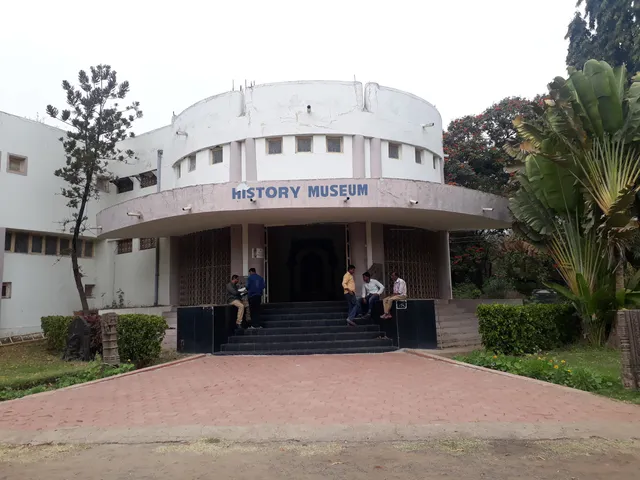
Dr. Babasaheb Ambedkar Marathwada University's History Museum
4.2
(135)
Closed
Click for details
Nearby restaurants of Bibi ka maqbara
Shri Sai Snacks & Caterers
Hotel Jiwhala
Hotel Om Sai
Shriram Bhojanalaya
Monu's RESTAURANT
Chaitanya Bhojnalay
Charminar Hotel
Burger Beacon
Lokseva
Super jalebi

Shri Sai Snacks & Caterers
4.0
(159)
Click for details
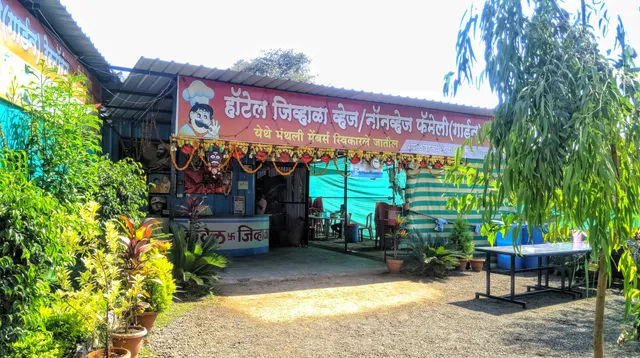
Hotel Jiwhala
3.9
(32)
$
Click for details
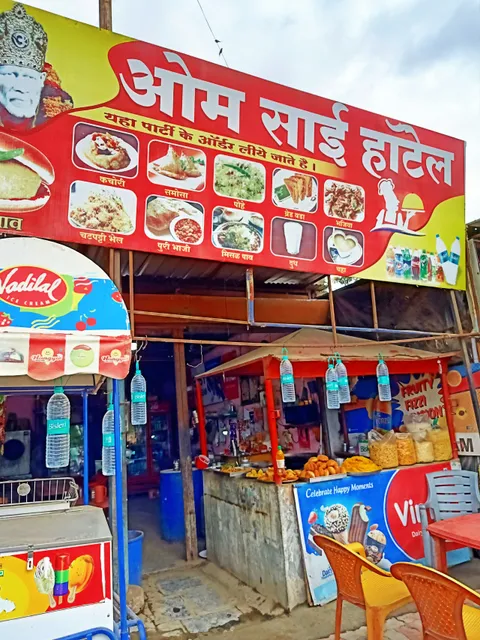
Hotel Om Sai
2.3
(3)
Click for details

Shriram Bhojanalaya
5.0
(3)
Click for details


